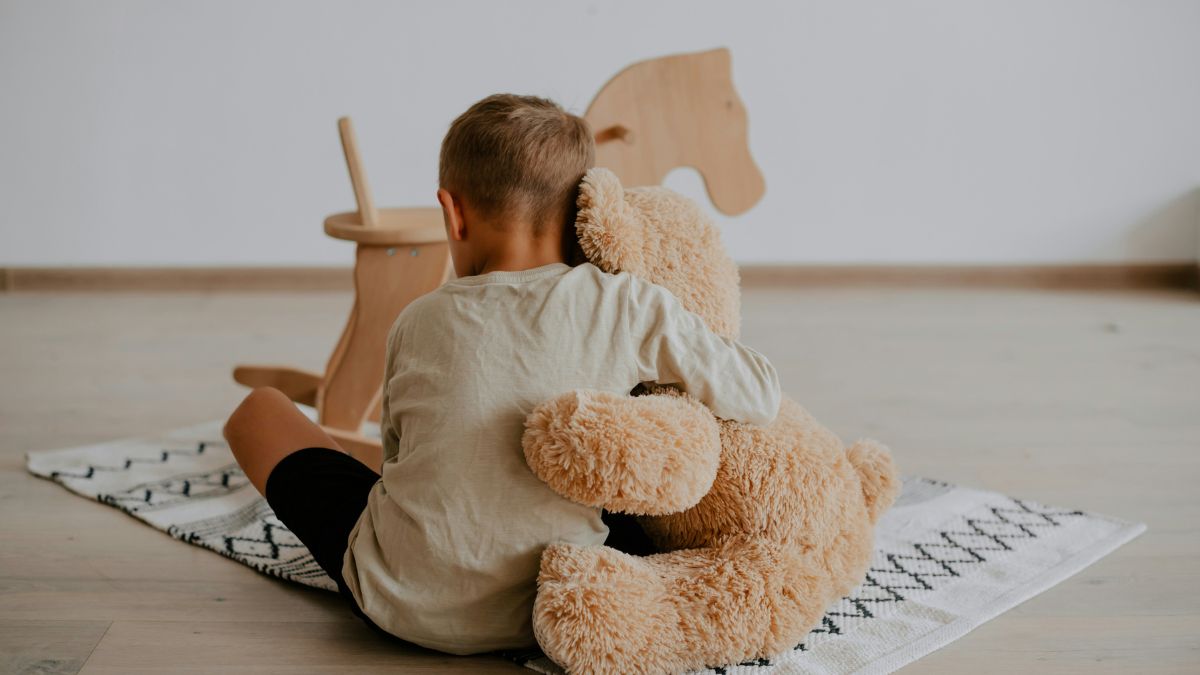

U.S. Births Increase for First Time Since 2014
Though that sounds like good news, that’s a lower spike than we’d historically expect during something that keeps everyone at home, such as a pandemic
07/5/22
John Stonestreet and Kasey Leander

What looks like good news for a nation in the midst of a demographic crisis isn’t really. Recently, The Wall Street Journal reported that “U.S. births increased last year for the first time in seven years.” In 2020, the U.S. fertility rate dipped to 1.64—the lowest “since the government began tracking it in the 1930s.” In 2021, the rate increased for the first time since 2014, to 1.66.
Though that sounds like good news, that’s a lower spike than we’d historically expect during something that keeps everyone at home, such as a pandemic. One economist has called it a “minor blip” that “still leaves us on a long-term trajectory towards lower births.” That’s because the replacement rate is at least 2.1, and some scholars think 1.7 is the threshold of no return.
Nations that fail to replace their population face economic stagnation and social instability. A society committed to adult happiness over the future and the well-being of children will be a nation that fails to replace its population.
In other words, birth rates are more than statistics and historic predictors. They reflect a nation’s priorities, values, and worldv















